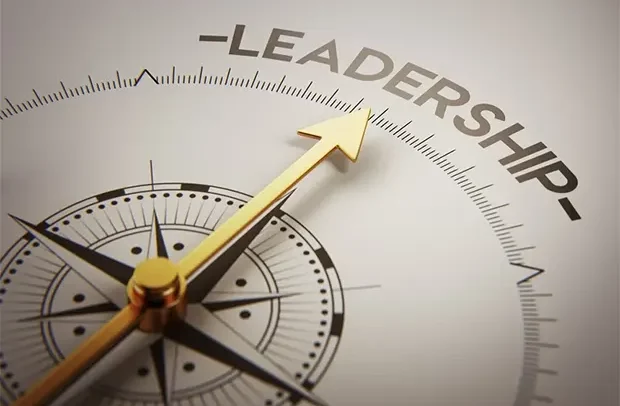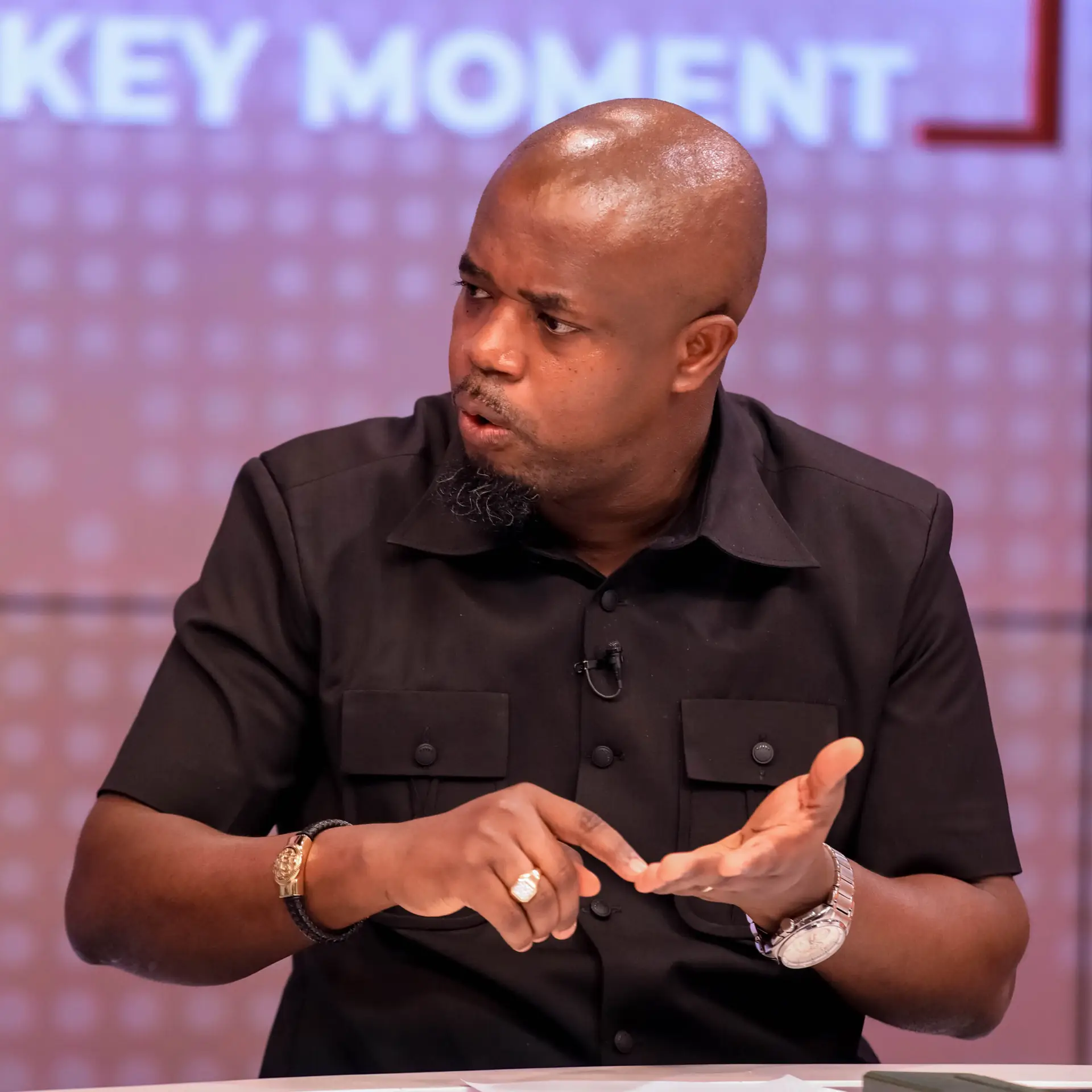
George Washington once said: “Nothing is more harmful to the service than the neglect of discipline; for it is discipline more than numbers that gives one army superiority over another.”
Brian Tracy believes that leadership and self-discipline go hand in hand. It is not possible to imagine an effective leader who lacks self-discipline, willpower, self-control, and self-mastery. The overarching characteristic of a leader is that he is in complete control of himself and of every situation.
There has seldom been a time in history when leaders were so needed and so much in demand as today. We need leaders at every level of society, both in the profit and nonprofit sectors. We need leaders in our families, businesses, places of worship, community organizations, and, especially, politics. We need men and women who take their responsibilities seriously and are willing to step forward to take command of the situation.
Fortunately, Brian Tracy believes that leadership is learnable. Leaders are developed—usually self-developed—over time through hard work, experience, and training. As Peter Drucker once said, “There may be natural-born leaders, but there are so few of them, that they make no difference in the great scheme of things.”
FOUR STAGES OF
DEVELOPMENT
Studies in leadership indicate that in your career in business, you progress through four levels of activity and attainment. First, you start off as an EMPLOYEE, with limited knowledge and experience. Then, as you grow, learn, and develop the ability to get results, you evolve upward and become a SUPERVISOR, with responsibility for the performance and results of other people.
As you continue to move up the scale of supervision, improving your ability to get things done through others from directly overseeing the work of employees, you become a MANAGER, someone who assigns work to people with demonstrated competence in certain areas. Managers have a larger view, and this comes with greater responsibilities.
As you move up the scale of management, becoming more knowledgeable and effective and getting more and better results from more and different people, you reach the highest level, that of a LEADER. At this stage, you are responsible for determining WHAT is to be done rather than HOW it is to be done.
It is said that “some leaders are made, some are born, and some people have leadership thrust upon them.” Leaders emerge or are promoted to deal with a situation requiring leadership ability. In its simplest terms, the role of the leader is to “take responsibility for results.”
The primary reason that people are promoted into increasingly higher levels of leadership is that they demonstrate the ability to get the required results at each level. The ongoing question of the leader is always, “What results are expected of me?” Clarity is essential.
The main reason that some people are not promoted into greater leadership position—or perhaps they are even fired—is because of “failure to execute.” They do not do the most important jobs expected of them, nor do they get the results demanded of them.
LEADERS HAVE VISION
The first quality of leadership, based on 3,300 studies of leaders done by James MacPherson, is the quality of VISION. Leaders have vision. They have the ability to project forward into the future and develop a clear picture of where they want their organizations to go. They then have the ability to share this vision with others and gain others’ commitment to make this vision a reality.
“You become a leader when you accept responsibility for results. You become a leader when you begin to think, act, and talk like a leader. You become a leader when you develop a vision for yourself and for your company, your life, or your area of responsibility.”
There are hundreds of books written about leadership and the importance of vision. Yet they can be boiled down to a single principle. A military leader has a vision of VICTORY; from which he never deviates. A business leader has a vision of SUCCESS for the business based on excellent performance, to which he or she is completely committed.
A LEADER IS A
STANDARD BEARER
The leader sets the standard for the organization. It is not possible for anyone in the organization to have a clearer vision or to aspire to a higher standard of excellence than the leader. For this reason, the leader is the role model, the one who sets the tone and the morale for everyone in the organization. The personality and influence of the leader affect everyone below him in the company, organization, or department.
You cannot raise morale in a business; it filters down from the top, from the leader. The behaviour of the leader influences and affects the behaviour of everyone else. If the leader is positive, confident, and upbeat, everyone in the organization will be influenced by this behavior and will be more positive, confident, and upbeat as well.
When you become a leader, you must discipline yourself to be “leaderlike.” You must walk, talk, and act the part of a leader. You become a different person with different responsibilities.
When you are working your way up, you are a part of the staff or the sales team. When you become a manager, you are part of management. This means that when you are part of the staff, your orientation is upward and sideways, but when you become a leader, your orientation is downward, toward all the people for whom you are responsible.
Perhaps the most important behaviour of a leader is for you to discipline yourself to be a role model. Imagine that everyone is watching you and patterning everything they do and say based on your behavior.
When you become a leader you no longer have the luxury to “let it all hang out.” From the time you are promoted into leadership, you have a special responsibility to discipline and control your words and behaviours in such a way so that you bring about the best possible results for your organization and for other people.
SET THE STANDARDS, VALUES, AND PRINCIPLES
The leader sets the standards for the organization’s behavior, quality of work, personal organization, time management, and appearance. In excellent organizations, the leader is the person who everyone looks up to and wants to emulate.
In most cases, the leader works harder than others in the company. The leader appears to be more committed, determined, courageous, visionary, and persistent than anyone else. The leader sets a tone that everyone wants to emulate.
The leader also sets the standard for how people are treated in the organization. When the leader treats people with courtesy, consideration, and concern, it quickly becomes known that these are the standards to which others must adhere.
In addition to a clear vision for the organization, the leader must have a set of values and organizing principles that guide behavior and decision making. Everyone must know what the leader and the company stand for and believe in. The job of the leader, then, is to articulate this vision of excellent performance within the constraints of high ethical standards at all times. He or she must walk the talk and live the values and behaviors he or she teaches.
The very best standard for a leader is the Golden Rule: “Do unto others as you would have them do unto you.” For example, when Jack Welch was the president of General Electric, he encouraged managers to treat each employee as if that employee might be promoted over his head sometime in the future and he might find himself working under the person who is now working below him. This way of thinking ensured that managers treated their staff with a high degree of respect and courtesy.
BY CAPT. SAM ADDAIH
Read Full Story
























Facebook
Twitter
Pinterest
Instagram
Google+
YouTube
LinkedIn
RSS